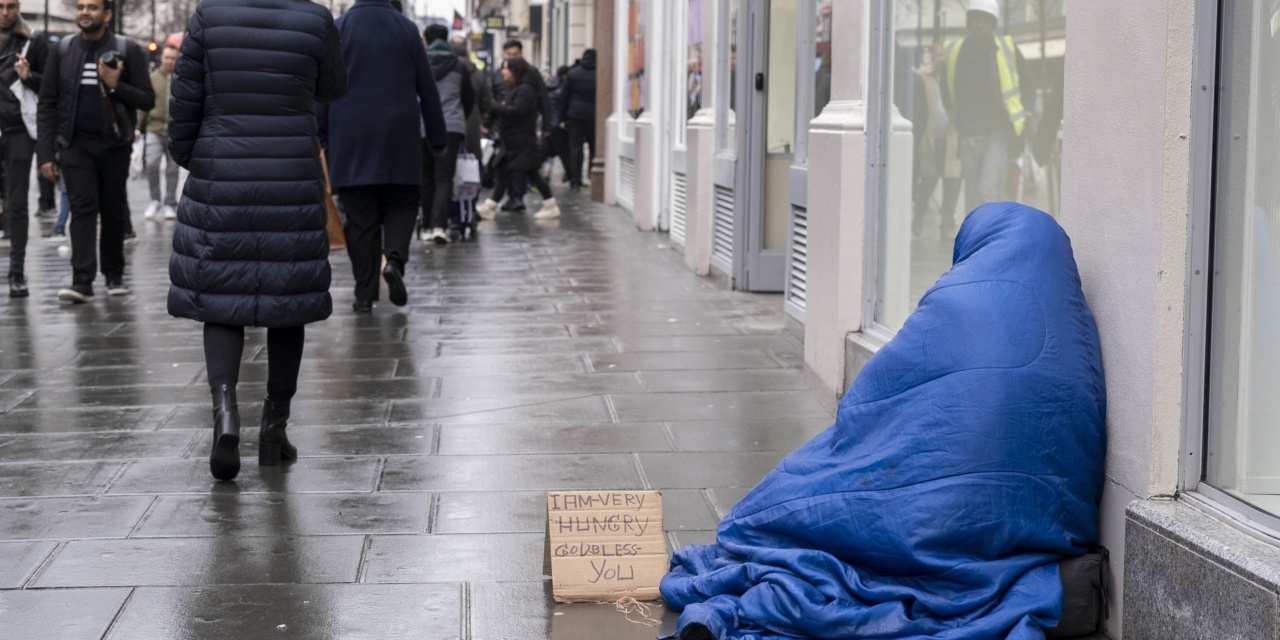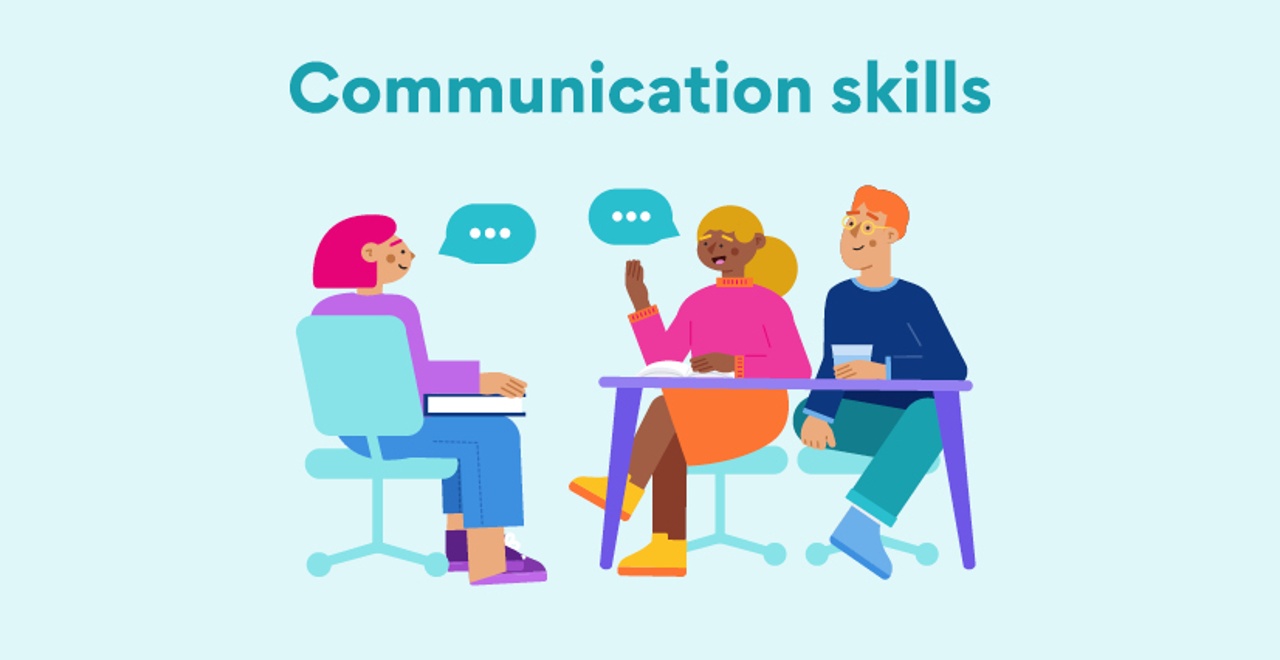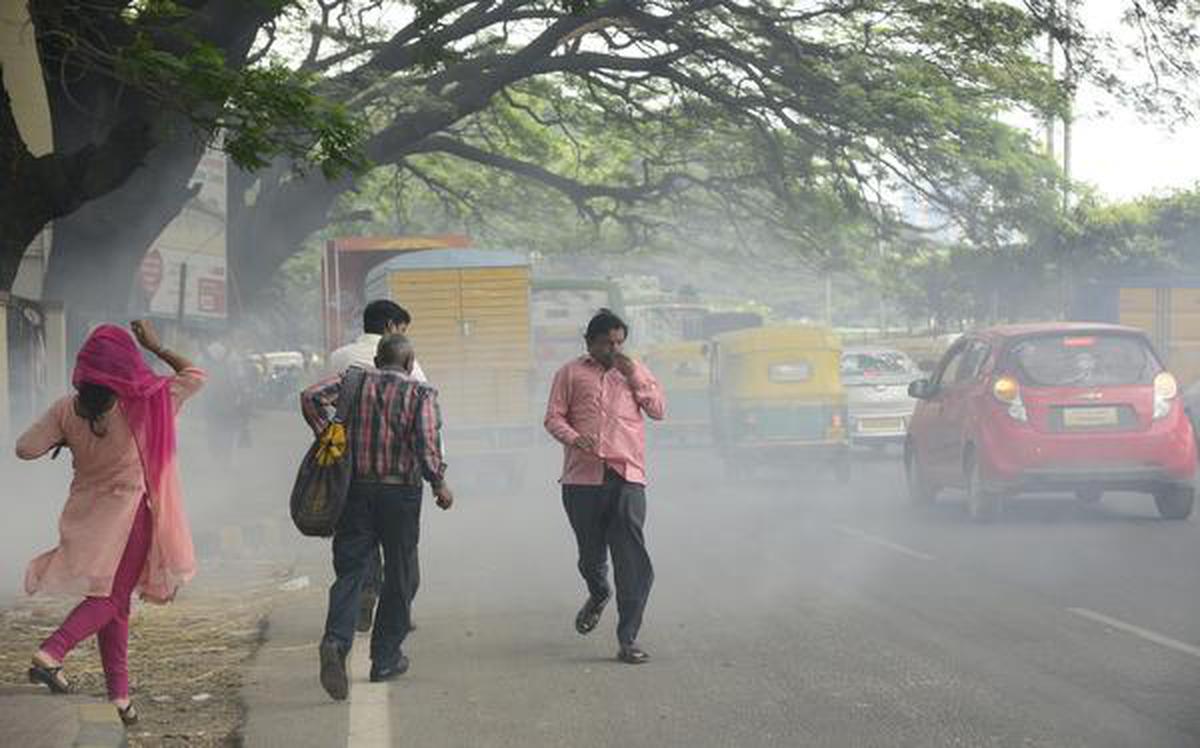Poverty is a pervasive issue that affects millions globally, manifesting in various forms and intensities. In developed nations like the UK, poverty takes on unique characteristics shaped by the socio-economic framework, policy decisions, and cultural contexts. This article delves deep into the meaning, measurement, and causes of poverty, offering an in-depth perspective on a pressing societal challenge.
What Is Poverty?
Poverty, in its simplest definition, is the state of lacking sufficient resources to meet basic needs. However, its implications are far-reaching, extending beyond material deprivation to include social, psychological, and emotional dimensions. Poverty in the UK, as defined by the Joseph Rowntree Foundation (JRF), embodies the inability to afford essentials such as heating, rent, or childcare. It entails daily struggles marked by insecurity, uncertainty, and tough financial decisions. Furthermore, poverty often leads to marginalization, discrimination, and chronic stress, all of which hinder an individual’s ability to fully participate in society.
For many, the critical determinant of poverty is the gap between their needs and available financial resources. This gap widens significantly when the cost of essentials like food and energy outpaces income growth. Deep or persistent poverty—where this gap is larger or prolonged—further compounds the issue, leading to long-term adverse effects on individuals and communities.
How Is Poverty Measured in the UK?
Poverty is a complex phenomenon that requires a multifaceted approach for accurate measurement. While no single metric encapsulates all dimensions of poverty, the UK employs several methods to capture its different aspects:
1. Relative Income Poverty
Relative income poverty compares household income to the median income, adjusted for family size. A household earning less than 60% of the median income is classified as living in poverty. Deeper insights can be obtained by examining thresholds of 50% (deep poverty) or 40% (very deep poverty) of the median income.
2. Social Metrics Commission Measure
This broader metric evaluates how well resources meet a household’s needs. It accounts for variables such as childcare costs, disability-related expenses, savings, and access to assets. Additionally, it employs a smoothed poverty line to reduce misleading year-on-year fluctuations.
3. Absolute Income Poverty
This measure uses a fixed baseline—60% of the median income in 2010/11, adjusted for inflation. While this approach provides a long-term view, its reliance on a historic baseline can be seen as a limitation.
4. Material Deprivation
Material deprivation assesses the ability to access essential goods and services. Households lacking multiple items—such as adequate clothing, heating, or basic toiletries—score higher on this scale. It is often combined with income poverty metrics for comprehensive analysis.
5. Minimum Income Standard (MIS)
Developed by the JRF, MIS reflects the income required for a minimum acceptable standard of living, based on public consensus. Though not a direct measure of poverty, it provides a benchmark for evaluating adequacy of income levels.
6. Destitution
Destitution captures extreme poverty, characterized by:
- Lacking at least two essentials (e.g., shelter, food, heating) due to affordability issues.
- Having an income so low that purchasing these essentials becomes impossible.
These metrics can be analyzed both before and after housing costs (e.g., rent, mortgage interest, water rates) and adjusted for direct taxes and National Insurance contributions, providing a nuanced picture of poverty.
Causes of Poverty in the UK
The root causes of poverty are multi-dimensional, encompassing economic, social, and systemic factors. These factors often interact, creating cycles that perpetuate deprivation. Here are some primary causes:
1. Economic Factors
- Unemployment and Low-Paid Jobs: A significant number of jobs in the UK offer inadequate pay, security, or prospects, leaving workers vulnerable to poverty. Lack of savings or pensions exacerbates the issue.
- High Costs of Living: Rising costs for housing, utilities, and other essentials outpace wage growth, deepening financial strain.
2. Education and Skills
Limited access to quality education and skill development opportunities creates barriers to securing well-paying jobs, perpetuating poverty across generations.
3. Ineffective Welfare System
- Insufficient benefit levels fail to meet the basic needs of many recipients.
- Complex and inaccessible systems lead to errors, delays, and low benefit uptake.
- Transitioning to employment or increasing work hours often involves financial risks due to benefit system rigidity.
4. Discrimination and Marginalization
- Systemic discrimination based on class, ethnicity, gender, disability, or age restricts access to opportunities and resources.
- A “poverty premium” forces low-income households to pay more for basic goods and services, further entrenching inequality.
5. Life Events and Transitions
Events such as job loss, bereavement, or illness frequently trigger poverty. These transitions often lead to increased expenses or reduced income, creating financial instability.
6. Family Dynamics
- Weak or fractured family relationships can result in insufficient support systems, impacting children’s development and future prospects.
- Abuse or trauma during childhood often has long-term repercussions, including poor mental health and limited employability.
7. Health and Disability
Physical and mental health issues increase living costs while reducing income-generating capacity. Disability-related expenses—from personal care to specialized equipment—place additional financial burdens on affected households.
8. Criminal Justice System
Involvement in the criminal justice system, including incarceration, often results in diminished employment opportunities and weakened social networks, perpetuating poverty.
The Broader Implications of Poverty
1. Social Isolation
Poverty often leads to exclusion from social and cultural activities, eroding community ties and a sense of belonging. Marginalized individuals may face stigma, further isolating them from support networks.
2. Health Outcomes
The chronic stress associated with financial hardship contributes to physical and mental health issues, including:
- Increased risk of cardiovascular diseases and diabetes.
- Higher rates of depression, anxiety, and substance abuse.
- Shortened life expectancy.
3. Impact on Children
Childhood poverty has long-term effects, influencing educational attainment, employment opportunities, and overall well-being. Children in poverty are more likely to experience developmental delays, lower academic achievement, and health complications.
4. Economic Costs
Poverty imposes significant costs on society, including:
- Increased demand for healthcare, social services, and welfare programs.
- Reduced economic productivity due to underutilized human potential.
- Higher crime rates and associated law enforcement expenditures.
Tackling Poverty: Strategies and Solutions
Addressing poverty requires a multi-pronged approach that combines policy interventions, community initiatives, and individual support. Key strategies include:
1. Strengthening the Welfare System
- Simplifying benefit application processes and improving accessibility.
- Increasing benefit levels to ensure they meet basic needs.
- Implementing policies that facilitate smooth transitions into employment.
2. Promoting Quality Employment
- Creating jobs with fair wages, security, and opportunities for advancement.
- Supporting skill development and vocational training programs.
- Encouraging employers to adopt inclusive hiring practices.
3. Reducing Living Costs
- Expanding access to affordable housing and utilities.
- Regulating high-cost credit markets to protect vulnerable consumers.
- Addressing the “poverty premium” through targeted subsidies and price controls.
4. Investing in Education
- Enhancing early childhood education and support services.
- Ensuring equal access to quality schooling for all children.
- Promoting lifelong learning opportunities for adults.
5. Fostering Community Support
- Strengthening social networks and support systems.
- Providing targeted assistance to marginalized groups.
- Encouraging community-led initiatives to address local needs.
Conclusion
Poverty is a multifaceted issue that demands comprehensive solutions. By understanding its causes and consequences, society can take informed actions to mitigate its impact. Collaborative efforts involving policymakers, businesses, communities, and individuals are essential for creating a more equitable and inclusive future. Addressing poverty is not only a moral imperative but also an investment in the well-being and prosperity of society as a whole.


























0 Comments